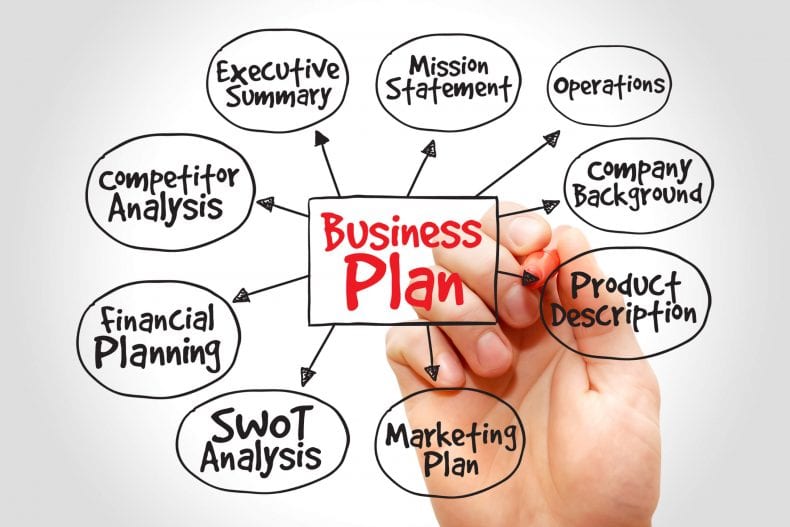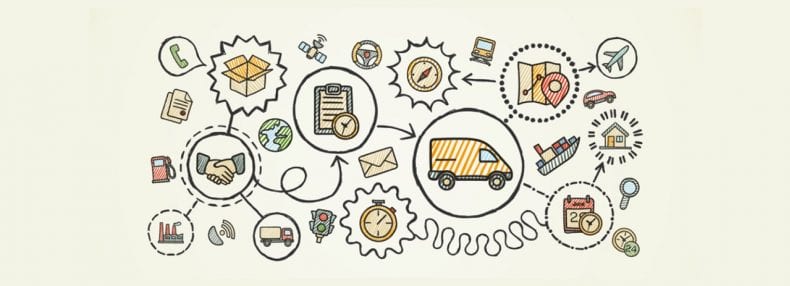Looking to start a business? You might consider retail. It’s a competitive market, but people love to shop. If you can develop a good business plan and sell products that customers want, you can make it just as well as anyone else. Getting into the retail business starts with basic planning, so here’s what you need to do.
Write your business plan
All successful companies have a business plan. This stage of the game goes past the point of naming your business and setting up your legal structure and dives into the products/services you’ll sell and the channels you’ll sell them on.
Plans need to be in writing, otherwise they fail. A good business plan outlines your target customer and how your products can fulfill a specific need. According to The Balance, it’s best to include the following categories on your list:

- Funding plan
- Competitive analysis
- Customer experience plan
- Employee recruitment and retention plan
- Marketing plan
- Management plan
- Financial projections
Financial projections are the most important part here. Once you finish all of the market research and define your margins, you need numbers that show you can actually make money in this market.
Source your products
Choosing which products to sell is an essential part of the retail game. During this selection process, you’ll consider two factors: market viability and your passion for the product. If there’s no market for your products, and you don’t love what you’re doing, you won’t get very far with this business.

You also need to decide if you’re presenting a brand new product of your own invention or sourcing and selling products that already exist. The first is a clear path if you’ve invented a product. You just need the funding and patents before you can enter the market with it.
If you’re going to sell products that already exist, the goal is to buy them as affordably as possible and sell them at a higher price point. You might consider buying liquidation pallets in bulk, which gives you a variety of items that were returned to stores and can’t go back on shelves. It’s a hot market at the moment with a lot of potential.
Work with vendors
If you decide to purchase products from a dedicated supplier or two, vet them very carefully. This can be a very stressful point of your business otherwise. It’s a hard truth, but it’s important that you realize that sales representatives can be dishonest.
Sales reps can also take control of the game very quickly if you let them. If the vendor ever tries to substitute one item for another item, don’t let them. By letting them make that substitution, you’re telling them that they can get away with it again, and it won’t be the last time it happens.

Be unyielding in your contract and negotiations with vendors. Don’t let them have an inch, and they won’t walk all over you.
Manage inventory
Did you know that inventory management problems are among the top reasons why small businesses fail? This doesn’t need be a big issue, since there are hundreds of inventory management tools and cloud-based services out there to help you stay on top of your products. Develop a system for managing product inventory: track items and use analytics to predict when you need to reorder so you can keep up with demand.
You may also discover that you need to remove items from your inventory. Be prepared to shift if your original product isn’t selling as well as was once expected. Changes like that can be very influential for the success of your business.










